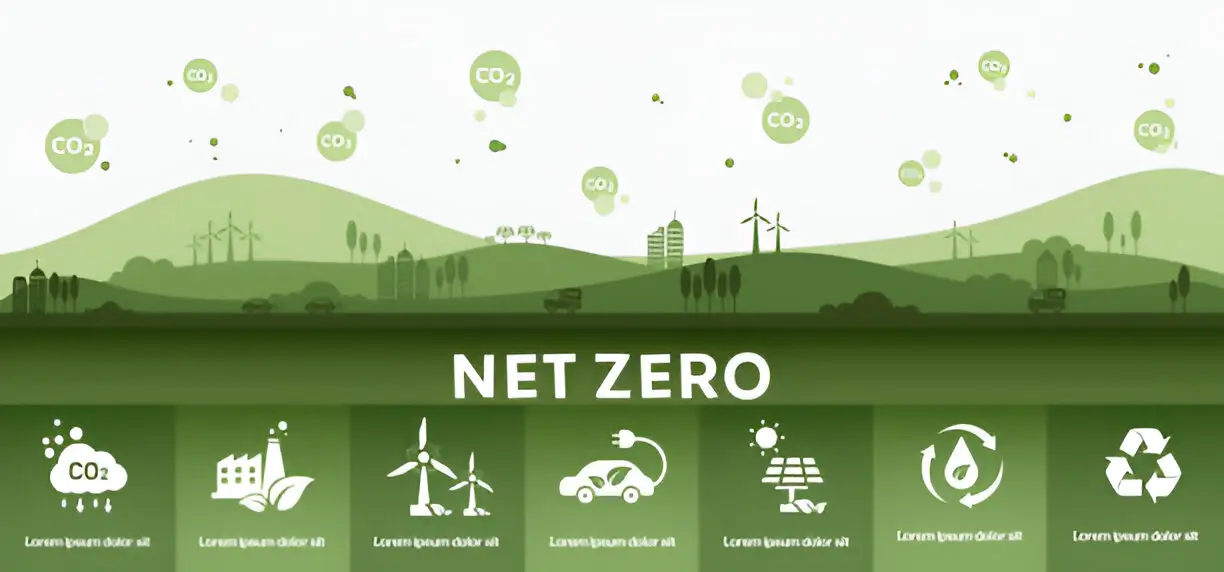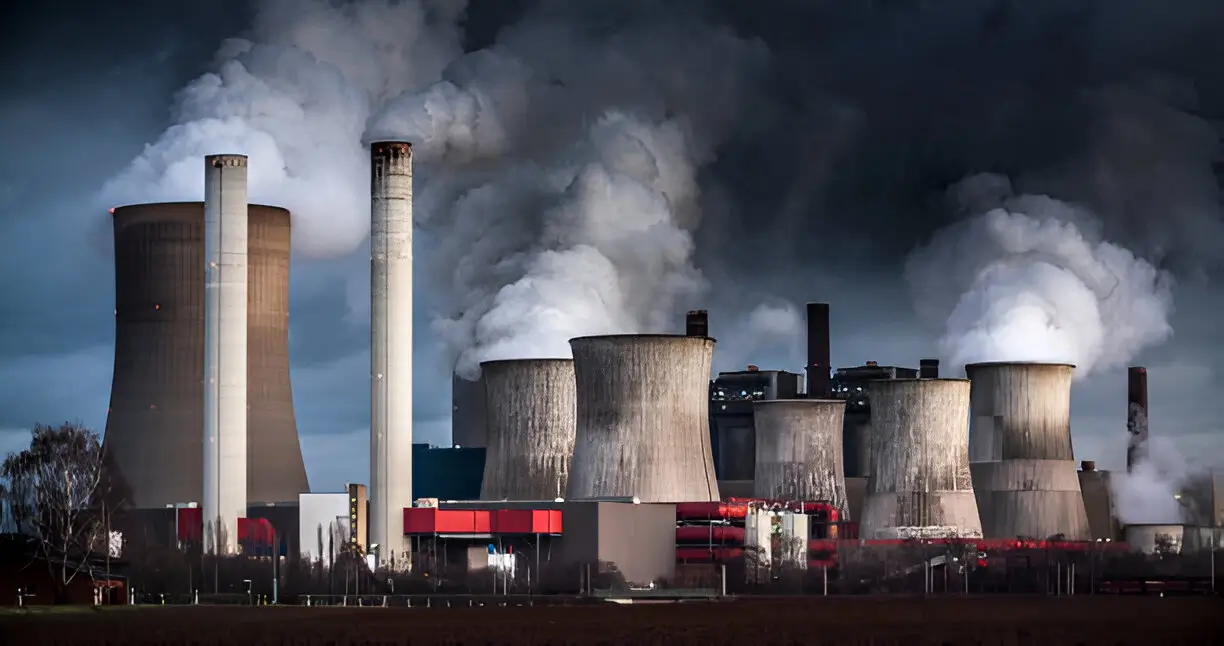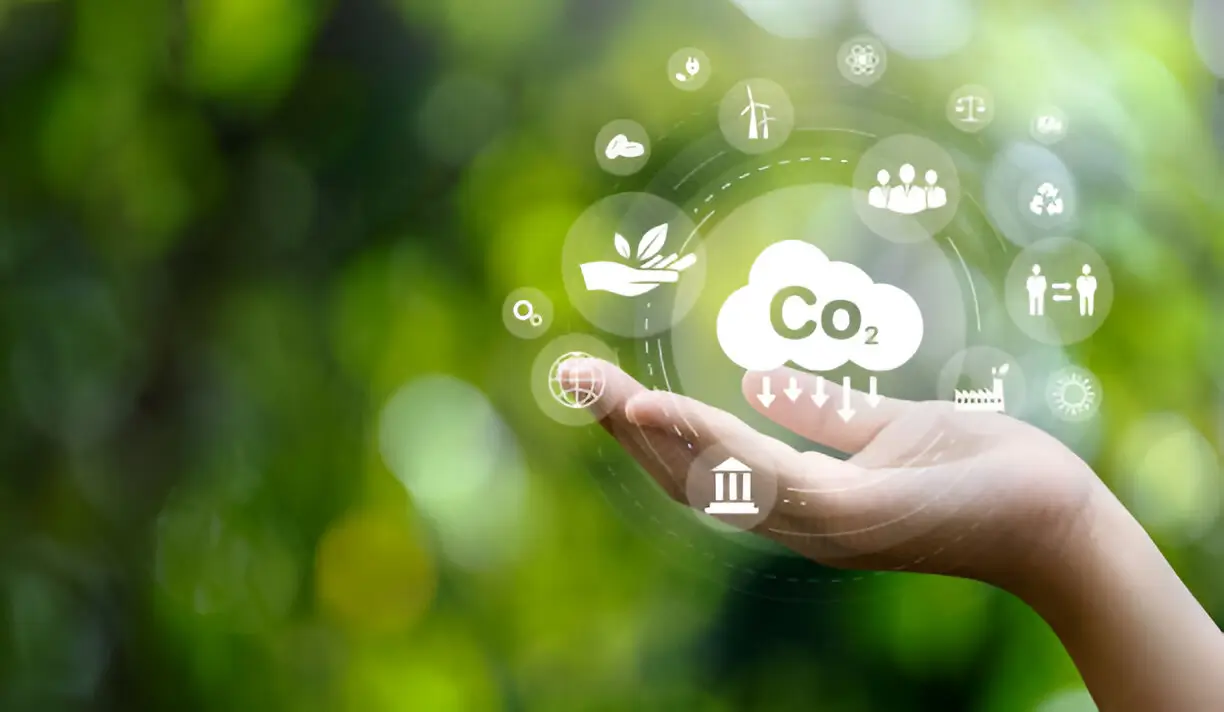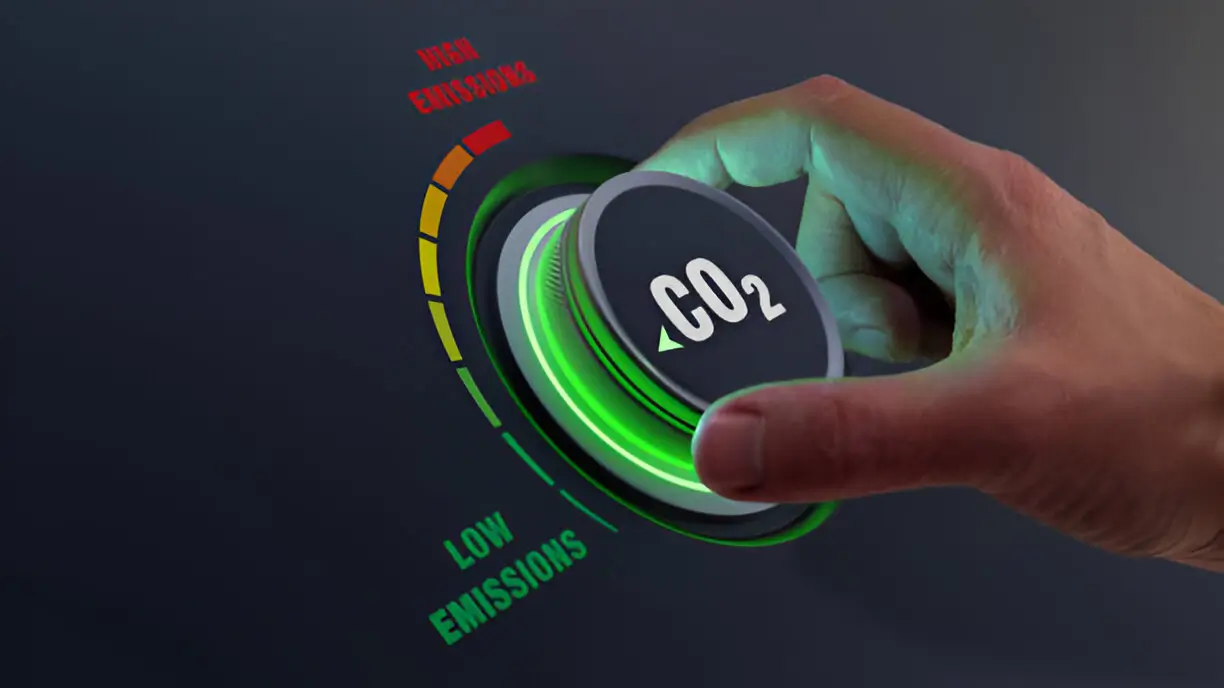Let’s see what’s CO2 and where it’s come from?
Mr Behzad Rezaee
Carbon dioxide (CO2) is a naturally occurring gas in Earth’s atmosphere, but human activities, particularly the burning of fossil fuels, have significantly increased its concentration. This excess CO2 is one of the primary contributors to global warming and climate change. As a greenhouse gas, CO2 traps heat in the Earth’s atmosphere, causing the planet’s average temperature to rise, a phenomenon known as the greenhouse effect.

The increase in global temperatures
The increase in global temperatures leads to a host of harmful consequences, including rising sea levels. As polar ice caps and glaciers melt, large volumes of water are added to the oceans, threatening coastal communities and causing erosion. Higher temperatures also disrupt weather patterns, leading to more frequent and intense storms, floods, and droughts, which can devastate ecosystems and agriculture.

Ocean acidification
Additionally, elevated CO2 levels lead to ocean acidification. As the oceans absorb more CO2, the water becomes more acidic, which harms marine life, particularly coral reefs and shellfish. These ecosystems are vital for marine biodiversity and food security for millions of people worldwide.
Disrupting ecosystems
CO2’s role in disrupting ecosystems extends to terrestrial environments as well. Changes in temperature and precipitation patterns affect plant and animal species, pushing many towards extinction. The disruption of ecosystems also affects human health, as increased heat and pollution contribute to respiratory issues, heatstroke, and the spread of diseases.
Protect the planet for future generations.
In summary, the excess CO2 in the atmosphere is causing irreversible damage to the Earth’s climate, ecosystems, and human well-being. Immediate action is needed to reduce CO2 emissions through renewable energy, conservation efforts, and sustainable practices to mitigate these harmful impacts and protect the planet for future generations.




